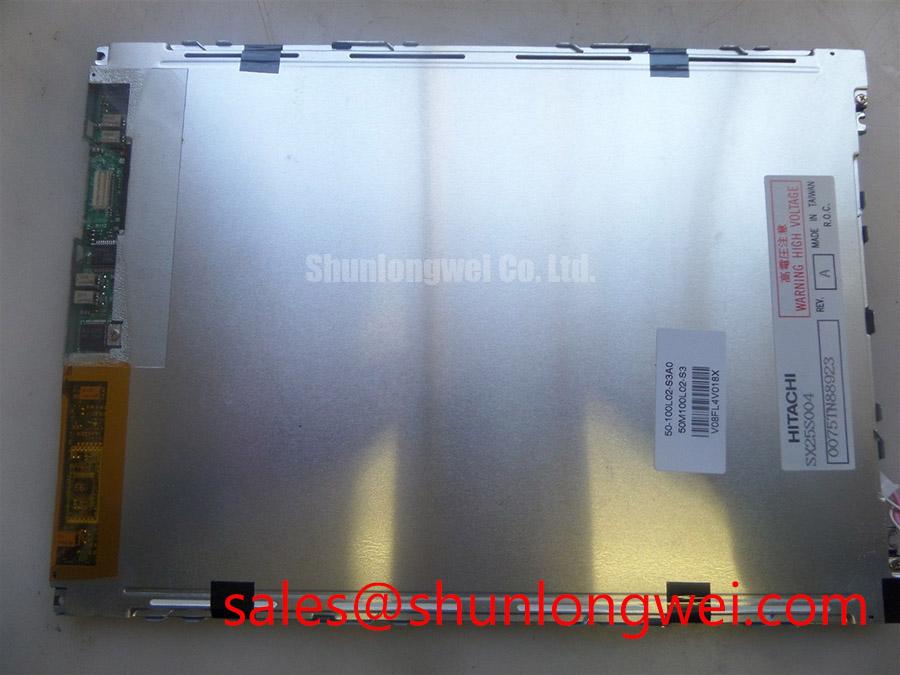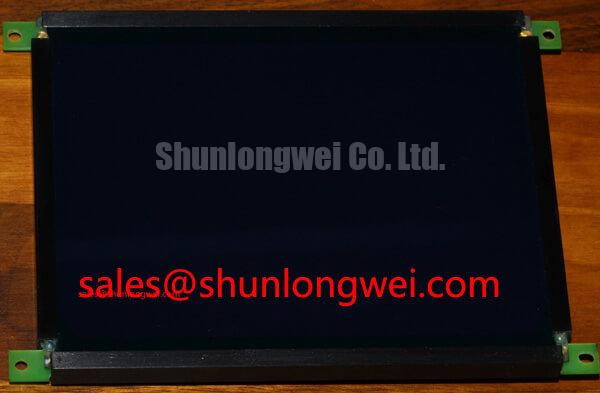SX25S004 vs EL320.240.36 AG: In-depth Comparison of Industrial LCD Displays
When choosing an industrial LCD display, procurement managers and engineers face a variety of requirements—from size and brightness to longevity and interface compatibility. In this analysis, we compare two prominent models: the SX25S004 from Hitachi and the EL320.240.36 AG by PLANAR Lumineq. By exploring their technical specifications, performance in typical application scenarios, and unique attributes, this article aims to provide valuable insights for industry professionals seeking reliable display solutions.

Technical Specification Overview
To begin, let’s break down the headline features and parameters of both LCD display modules:
| Feature | SX25S004 (Hitachi) | EL320.240.36 AG (PLANAR Lumineq) |
|---|---|---|
| Panel Type | CSTN-LCD | EL (Electroluminescent) |
| Screen Size | 10.0 inch | 5.7 inch |
| Resolution | 800(RGB)×600 (SVGA) | 320×240 (QVGA) |
| Brightness (Typ.) | 100 cd/m² | 50 cd/m² |
| Contrast Ratio | 50:1 | 50:1 |
| Display Mode | STN, Normally Black, Transmissive | Mono (Yellow), 1-bit |
| Viewing Angle | 40° (CR≥2, L/R/U/D) | 89° (L/R/U/D) |
| Frequency | 120Hz | 120Hz |
| Signal Interface | Parallel Data (2ch, 8-bit), 40 pins | Parallel Data (1ch, 4-bit) |
| Input Voltage | 3.3V | 5V/12V (VL/VH) |
| Surface Treatment | Antiglare, 3H Hard coating | Antiglare |
| Backlight Type | 1 pcs CCFL (without driver) | Self-illuminating EL |
| Color Support | Full color | Mono (Yellow) |
| Response Time (Typ.) | 170/130 ms (Tr/Td) | Not specified |
Key Technology Analysis
Both displays are designed for industrial environments but employ different technologies and serve varying application needs:
- SX25S004: Based on CSTN-LCD (Color Super Twisted Nematic), this display supports color output with an 800×600 SVGA resolution. Its transmissive structure and antiglare coating optimize visibility, while a robust 3H hard coating improves surface endurance. The use of a CCFL backlight delivers adequate brightness for standard industrial settings.
- EL320.240.36 AG: Utilizes EL (Electroluminescent) technology known for extra-wide viewing angles (89° in all directions) and superior reliability. Its self-emissive light source eliminates the need for external backlighting, enhancing uniformity and operational stability in harsh conditions.
While SX25S004 stands out with high-resolution color output and a larger display area, the EL320.240.36 AG excels in environments where robust performance and readability from wide angles are critical.
Performance Comparison in Industrial Scenarios
Let’s evaluate how these displays perform in typical use-cases:
1. Automation Control Panels
The SX25S004 provides a larger visual workspace, making it ideal for complex HMI (Human-Machine Interface) setups where detailed color graphics and operational data are needed. Its antiglare surface ensures clarity, while the wide aspect ratio fits dashboard layouts efficiently.
2. Outdoor and High-Brightness Applications
The EL320.240.36 AG, though lower in brightness, offers exceptional readability even at acute angles due to its EL technology. Its mono yellow output ensures high contrast in varying lighting, suiting applications like instrumentation in vehicles or rugged environments.
3. Longevity and Reliability
Electroluminescent displays have inherently longer lifespans, fewer moving parts, and better resistance to shock and vibration. For settings where maintenance opportunities are rare, such as field-deployed equipment or mission-critical applications, the PLANAR model is advantageous.

Application Value and Decision Factors
When choosing between these models, consider the following key factors:
- Display Requirements: If your project demands vibrant, high-resolution color images and a sizeable interface, the SX25S004 is a suitable choice.
- Environmental Challenges: For operations in challenging environments—such as extremes of temperature, vibration, or varied viewing positions—the EL320.240.36 AG delivers proven reliability and visibility.
- Interface Compatibility: For legacy or cost-sensitive systems, the parallel data interfaces of both models offer straightforward integration, though pin-out and voltage differences should be noted.
More information on integrating LCDs in industrial environments can be found in our detailed LCD Display knowledge base. For additional technical details relevant to industrial display selection, explore our Hitachi Panel Series overview.
Summary
Both SX25S004 and EL320.240.36 AG LCD modules offer reliable options for industrial applications. The SX25S004 is tailored for environments needing larger, color-rich interfaces, while the EL320.240.36 AG prioritizes durability and broad viewing performance. Procurement managers and engineers should weigh display size, color needs, operational environment, and system compatibility when making their selection. For long-term performance, both models are supported by trusted manufacturers with proven track records in the industrial display field.
Tags: LCD Display, Industrial Panel Comparison, Hitachi, Planar Lumineq, Industrial Automation, Display Technology, CSTN-LCD, Electroluminescent Display
